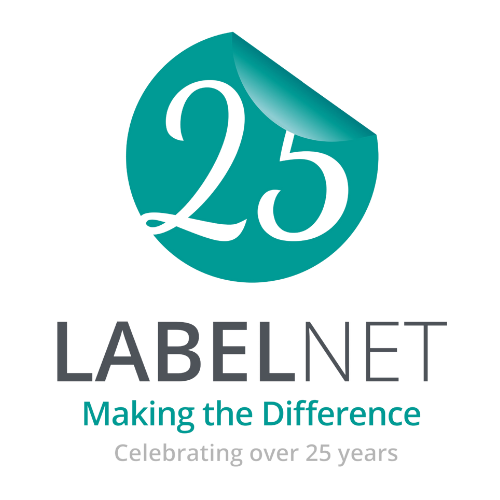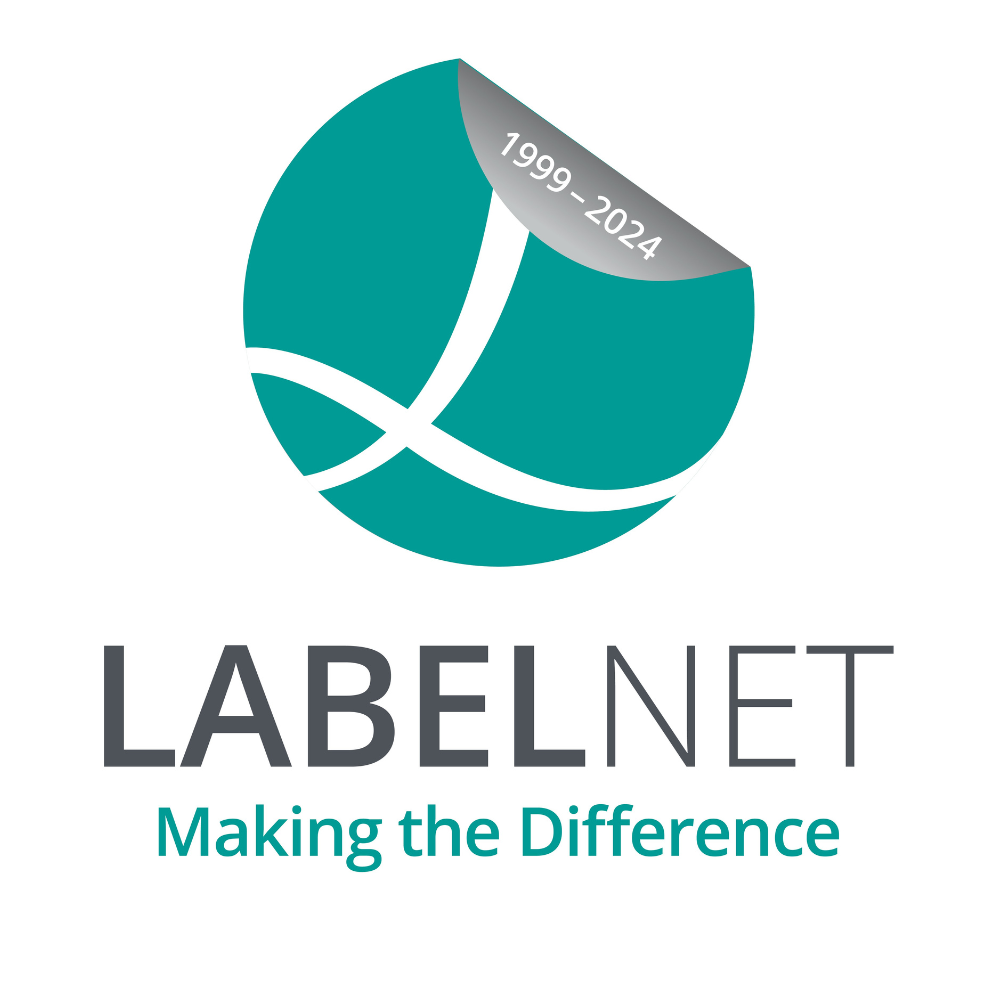
Does Your Labelling Follow Industry Best Practice?
Getting the labelling right on food products can be a complicated task, with a mixture of legal requirements and industry best practices to consider.
Intuitively, we all know that labelling is a vitally important consideration for anyone in the food manufacturing or packaging sector. However, the requirements can become clouded by rumour, misinformation and goalposts that have a habit of moving with some regularity. As a result, it is easy to get a little lost trying to tell apart the essentials, the recommendations and the “nice to haves.”
The consequences of getting it wrong can be significant. Labelling regulation exists to protect consumers and make sure food labelsprovide them with the information they need in order to make informed and confident food choices based on a number of factors including allergies, diet, cost and personal taste.
The Food Standards Agency monitors compliance with labelling requirements and works hard to combat mislabelling. If food products are deliberately mislabelled, those responsible could be charged with criminal fraud, while there are other laws that deal with false description or advertising.
Essential requirements
Certain food types have specific rules and regulations regarding their labelling, but before we consider those, let’s look at the basic requirements that apply across the board. There are certain pieces of information that are mandatory on every food label and these are as follows:
- Food name
- Manufacturer or food business operator’s name and address
- Ingredients list
- Any ingredients or processing agents that can cause allergies or intolerances s listed in the 14 Allergens
- Net quantity or weight
- Date of minimum durability / “use by” date
- Any special conditions of use
- Any special storage instructions
- Country of origin
- Nutritional declaration
The label must also give instructions for use when necessary – that is, for foods where the absence of such instructions would make it difficult to use them appropriately.
This mandatory information has to be presented in a clear font that is easy to see and meets specific font size regulations. It must not be obscured or printed in such a way that makes it easy to remove.
Additional rules for specific food types
Above and beyond the mandatory labelling that applies to all, the following food and beverage types have additional requirements:
- Alcoholic beverages
- Products containing high levels of caffeine
- Foods containing certain chemical products and gases
- Foods containing sweeteners
- Frozen meat, frozen unprocessed fish and frozen meat preparations
There are also some food types that have their own sets of rules, although they all encompass the mandatory requirements listed above. These include bread, flour, chocolate, infant products, jam, spreads and margarine, sugars and natural mineral water.
What about unpackaged food?
Labelling rules are well and good, but how can consumers be provided with this important information if the food they are buying is not labelled – for example products bought in a delicatessen or bakery? While there are no labelling rules as such here, the providers still have an obligation to provide certain information, particularly relating to allergens. This can be provided in different ways, for example on menu boards or information cards, depending on how the food is displayed.



